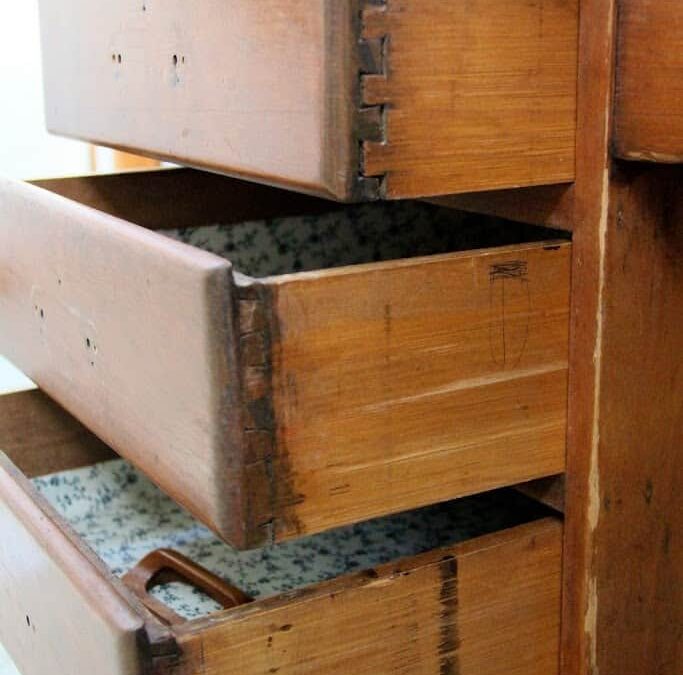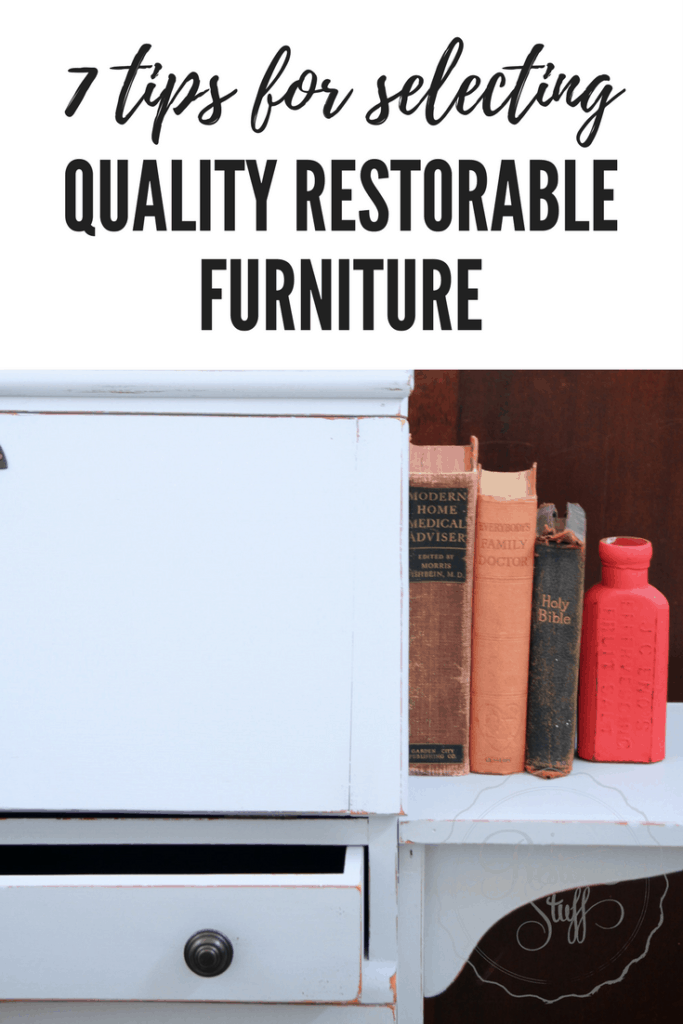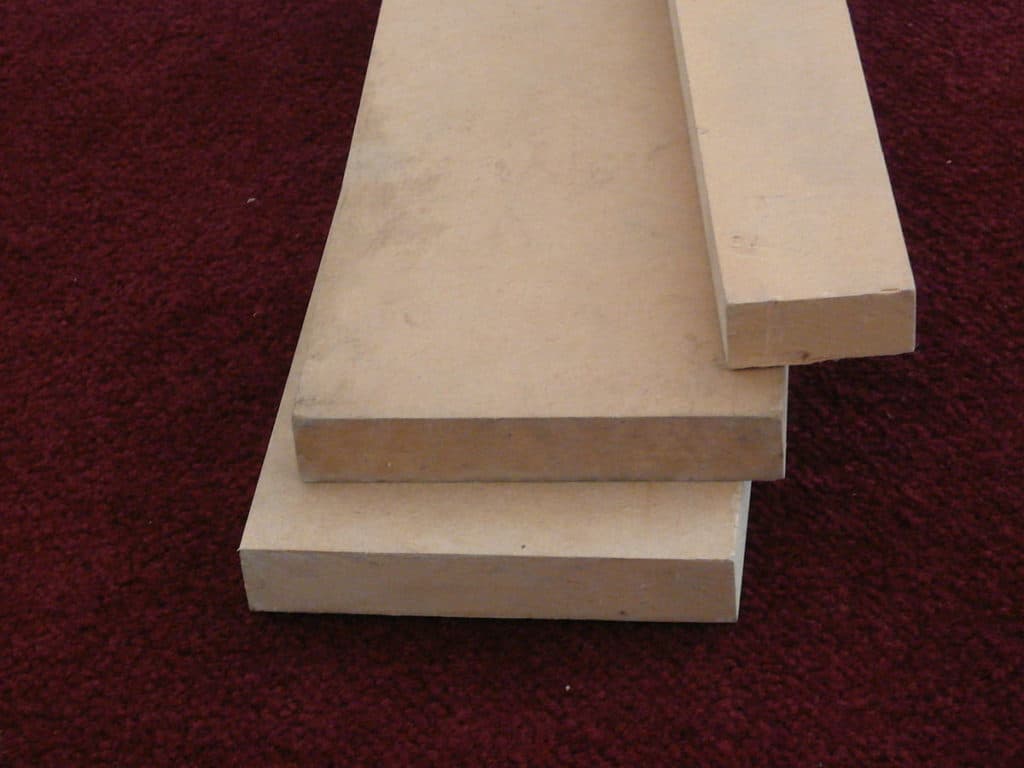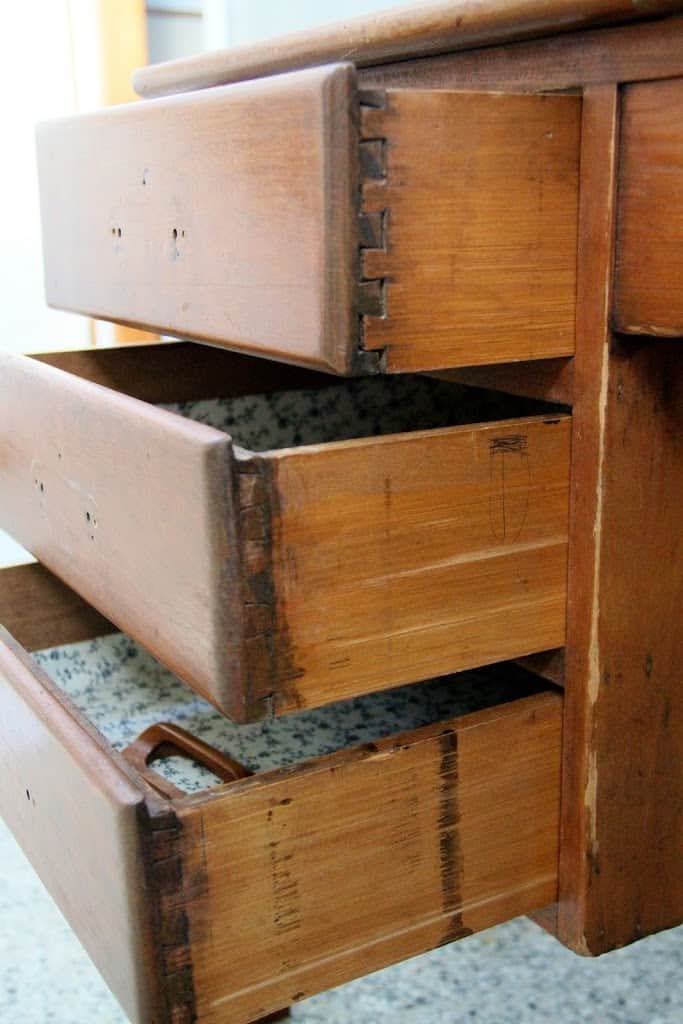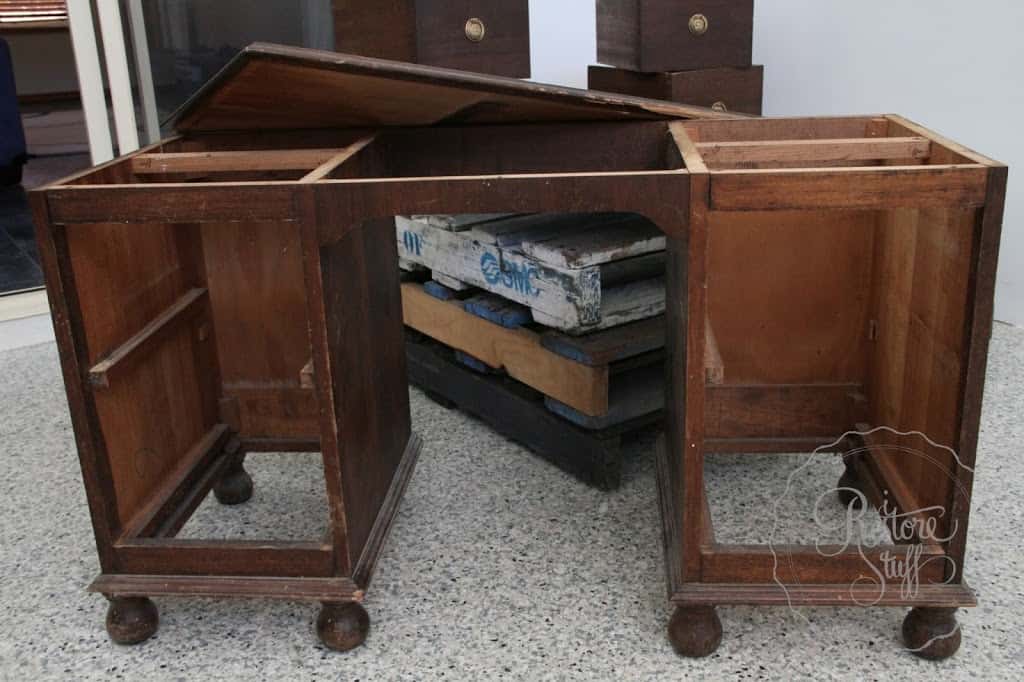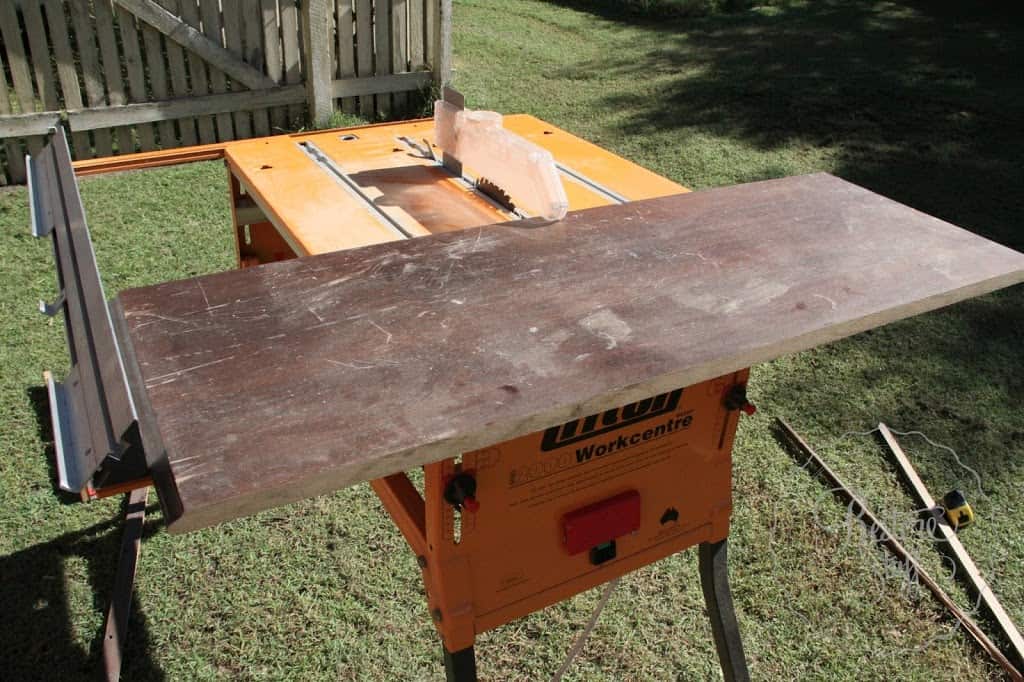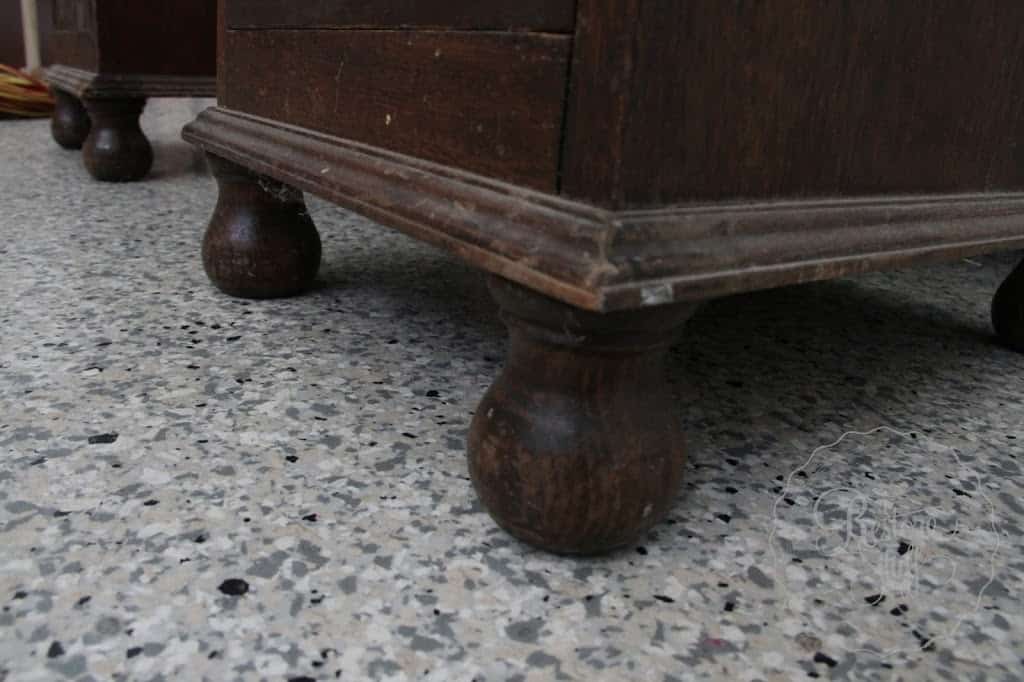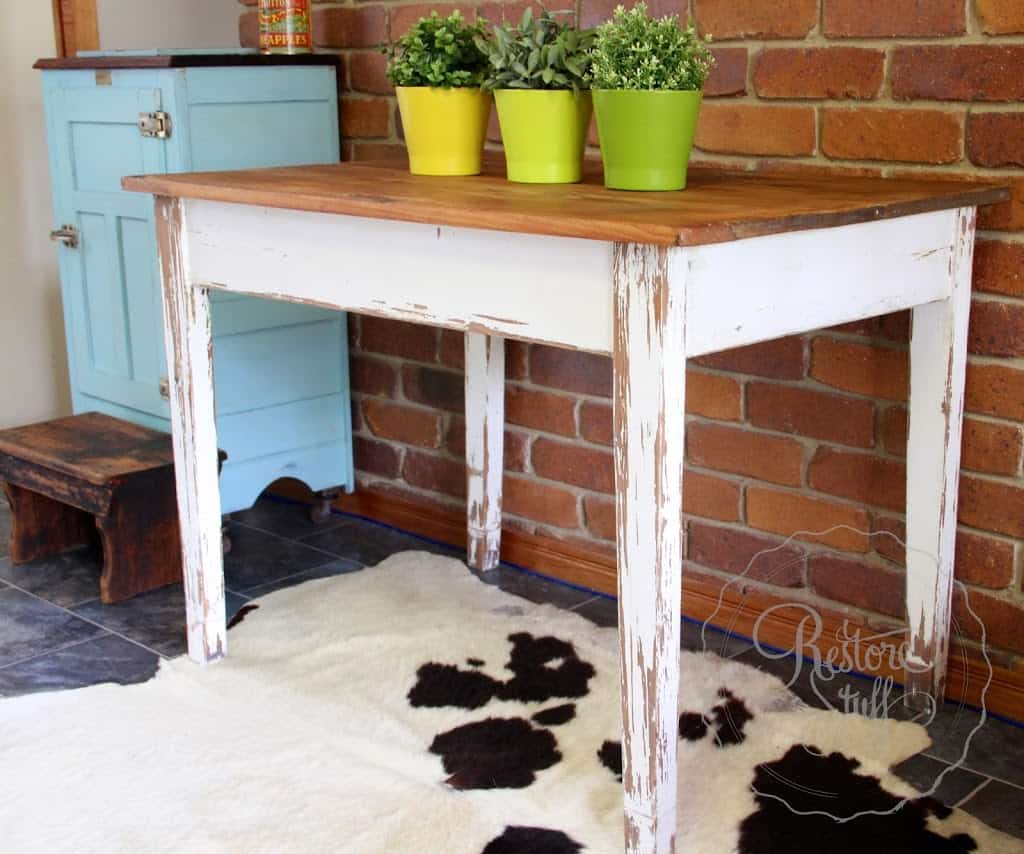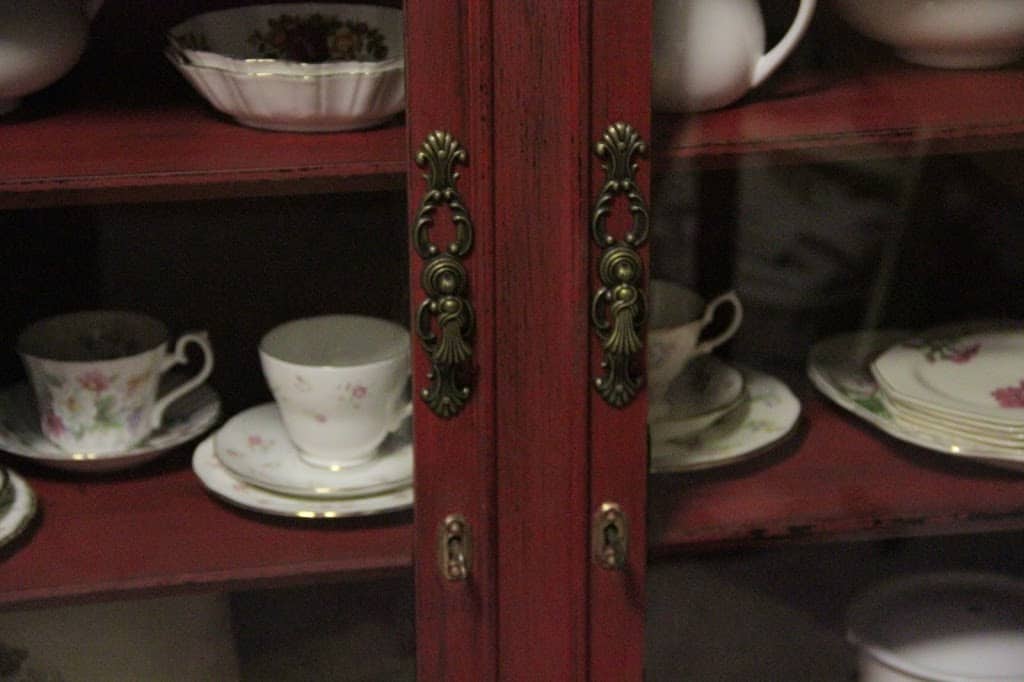7 Things to Look for:
People often ask me where I find my furniture pieces, so I thought I’d also share my tips for WHAT TO LOOK FOR when selecting quality, restorable furniture pieces that you want to take home and refinish or re-purpose.1. Where to LOOK for restorable furniture?
Firstly, there are some great places to look for old furniture. I wrote a whole blog on where to find furniture HERE. You’ll be surprised at the number of places that you’ll find “stuff”. I mention TEN of them in this blog link.
2. Look for real WOOD pieces.
I have been caught in the past with some great bargain finds only to find on closer inspection that the item is not real wood, but MDF or particle board of some kind. Learn to tell the difference. You could even look at some Poly Wood Furniture since it has some fantastic benefits. Particle board or chipboard is made up of little chips of wood or shavings. These pieces can swell and warp and start to chip and flake on any open ends or dents in the piece of furniture. Similarly MDF (Medium Density Fibreboard) is made up of compacted wood fibres and can swell easily. Sometimes you can still paint a piece to achieve a nice finish, but it is not the optimum type of wood for quality painting and restoring. MDF can appear on furniture with added veneer on top to appear as real wood, or may also come laminated. These drawers from my daughter’s antique Study Desk Makeover are made from real wood and you can see the dovetail joints on the side of the drawers which are a good indicator of an authentic antique wood piece. Real wood pieces show off the grain in the wood. Take a look at the end or edge of a drawer or underneath the table to see if you can see wood grains in the piece. Some pieces are covered in very thin veneer and make it difficult to tell if it is real wood. If you are unsure, ask the owner who may know or if in doubt, just leave it out. Some pieces like night stands, are mostly wood, but the drawers are made of particle board or MDF. Sometimes these are still okay to restore, but just make sure there is no chipping or swelling anywhere.3. Look for missing pieces.
I have been caught out after coming home with a BARGAIN piece only to find there’s a bit missing somewhere. Check all the spindles of chair legs, and the struts that go across the bottoms of chairs. I once bought a chair with a missing strut piece. I was able to repair it using a same size piece of wood, but it could have been a disaster!
4. Look for broken bits.
5. Beware of items that are heavily varnished or painted!
These can be a PAIN to strip back or sand back. Read – A LOT OF WORK. Varnished pieces can still be painted over with specialty furniture paints such as Fusion Mineral Paint, Chalk Paint, Miss Mustard Seed’s Milk Paint or similar, but when doing this, they will need some extra prep work to increase the ability for the paint to adhere properly. Here’s an example of a piano I painted for a customer. If you click through to the blog post, you’ll see how I dealt with this glossy type surface using Miss Mustard Seed’s Milk Paint and Bonding Agent.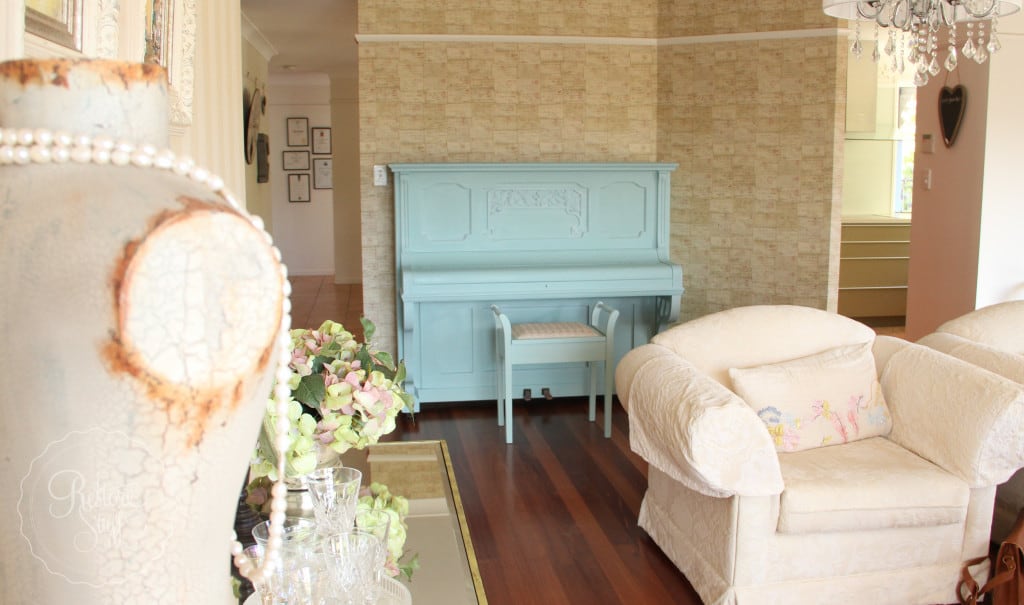
6. Be careful of older painted pieces as they may contain paint with lead.
If you have to strip back or sand any old furniture you should be wearing a protective mask, but especially if the piece is really old as it may contain lead paint – this is EXTREMELY TOXIC. Stay SAFE and if in doubt, or especially if you are pregnant, avoid these pieces if you can, or have someone else do it for you (a professional or someone with the right protective gear).
Here is a video I made of an old dresser restoration I did. It could have contained lead paint so I took precautions while stripping back. In this case I used a heat gun to melt the paint away which in any case, lead paint or regular paint, is going to cause fumes – wear a mask!
7. Think about hardware and fixtures.
You may get a great deal on a piece of furniture, but look for missing knobs, broken hinges, broken locks, etc. To replace these items of hardware can get expensive. There are great places online to buy knobs and fittings. Try ebay for knobs. They can often be cheaper, if you have to buy a few, than your local hardware store.
I have an antique army box that has a broken lock on it. It has been sitting in my “too hard” pile for some time waiting for somewhere I can find a genuine antique lock/latch to replace it.
Anything I’ve missed? Is there anything that you WISHED you knew before you purchased a piece of furniture?
Let me know in the comments below.
Happy Painting!
Need Help with your Creative Business?
Why not book in for a one-on-one workshop or “pick my brain” session where we can talk about your business needs. I’d love to help you with any of the topics I cover in the description of my one-on-one WORKSHOP link. [click the image below for more info]
